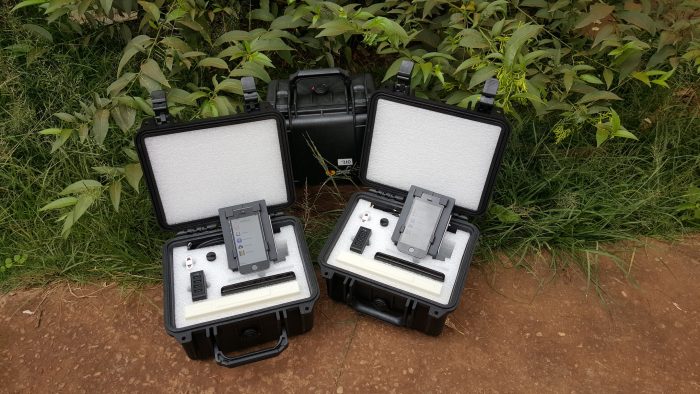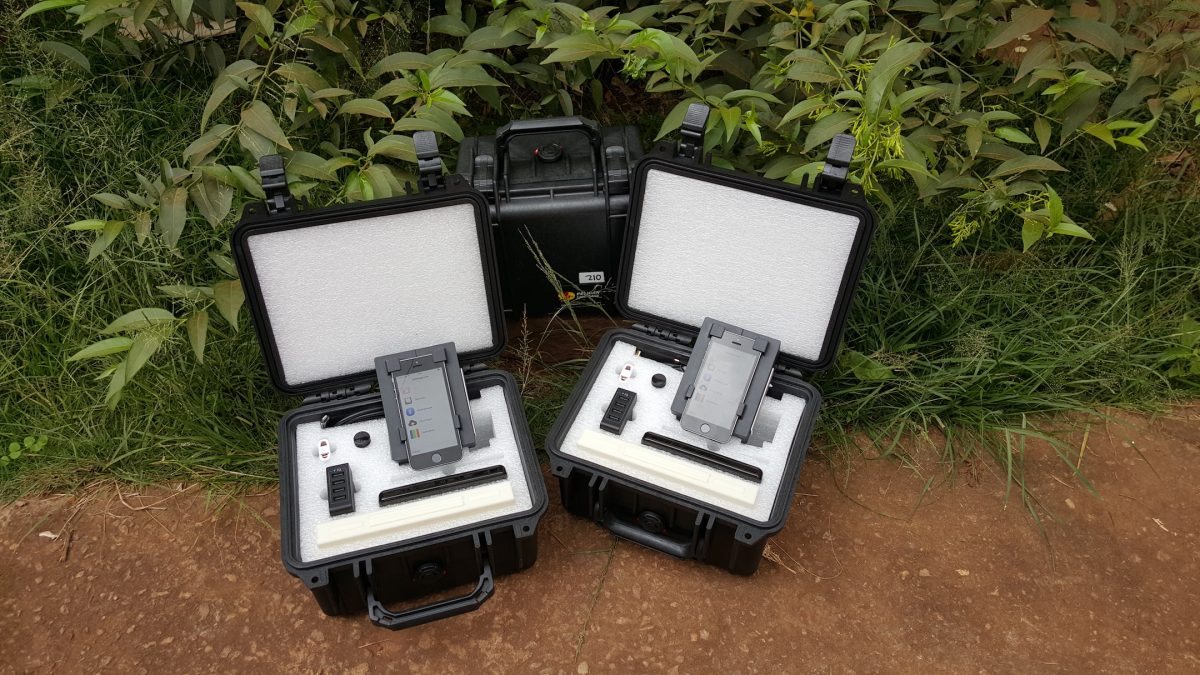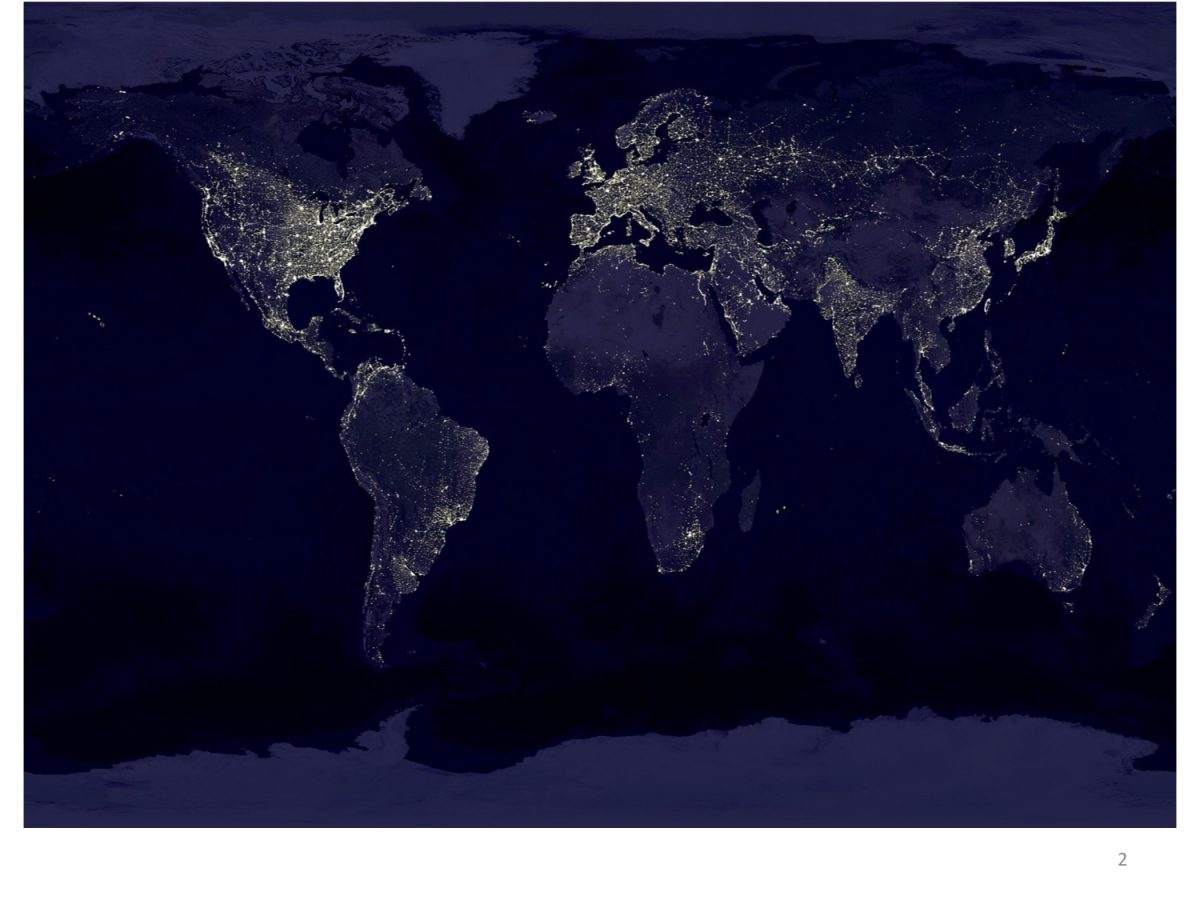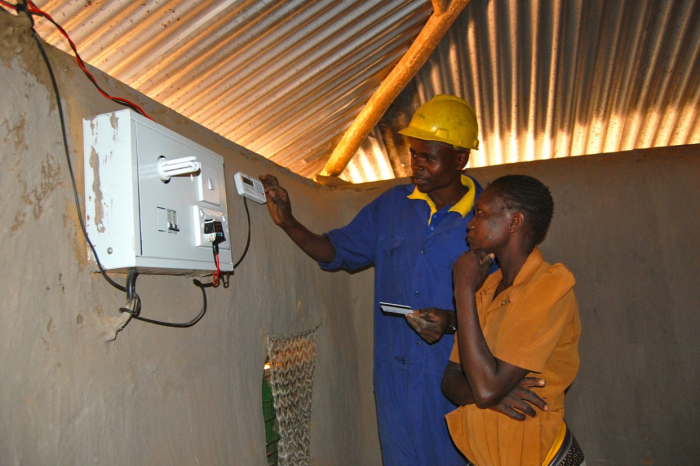In Sub-Saharan Africa, two out of three people, or 600 million individuals, still lack access to electricity. Given the massive scale of energy poverty, several large foreign aid institutions have launched major initiatives aimed at connecting millions of rural residences to the grid.
In 2013, the United States Agency for International Development commenced one of the largest public-private partnerships in development history, Power Africa, allocating more than $54 billion in commitments from more than 150 public and private sector partners. In 2015, the UK’s Department for International Development launched Energy Africa, an initiative to help Africa achieve universal energy access by 2030 through market-based off-grid energy to rural households. And in 2016, the African Development Bank started the New Deal on Energy for Africa, a partnership-driven effort to increase clean, renewable energy solutions and achieve universal energy access across the continent by 2025.
This massive push in foreign investment dollars is largely motivated by the assumption that rural electrification is a primary pathway out of poverty. However, new research from UC Berkeley demonstrates that, at least in the medium term, rural electrification may not be the silver bullet many think it is, especially if rural Africans are expected to pay a sizable portion of their income to get connected.
At an April Blum Center Faculty Salon, Ted Miguel, Oxfam Professor of Environmental and Resource Economics, and Catherine Wolfram, Cora Jane Flood Professor of Business Administration, shared their findings from a multi-year study in Kenya, funded by the Development Impact Lab.
“We noticed a lack of experimental evidence on the economics of rural electrification,” explained Miguel, founder and faculty director of the Center for Effective Global Action. “We hoped our study would establish rigorous evidence in this space and improve the effectiveness of such massive investments.”
Together with Kenneth Lee from the Energy Policy Institute at the University of Chicago, Miguel and Wolfram designed a randomized control trial in western Kenya in 2012 with the goal of answering the question: Does electricity help lift households out of poverty? (Randomized control trials, originally used for medical evaluations, are considered the gold standard of evidence for informing development policy.)
In Kenya, the electrical grid is unevenly distributed. To describe households located close to the grid (within a half mile) but unconnected, the research team coined the term “under grid.” The researchers created a dataset of over 20,000 geotagged homes across 150 rural under grid communities in western Kenya and partnered with Kenya’s Rural Electrification Authority to randomly select treatment and control groups from among 2,200 of these households. The treatment group received free electricity service or subsidized service at a 30 percent or 60 percent discount; while the control group households were not given any special incentives and expected to pay $400 per connection. The cost to the REA for the household connections was ultimately over $1,000, an amount subsidized by foreign aid donors.
The research team conducted a pre-survey and 18 and 32 months later a post-survey to collect data on 11 primary social welfare outcomes. Measured outcomes included changes in energy consumption, productivity, wealth, food, health, security, political knowledge, and education. The team also administered detailed English and math tests on children to measure if access to evening electricity improved academic performance, a widely held notion.
“We were very taken aback by the results,” said Miguel.“We found no meaningful medium-run impacts on economic, health, and educational outcomes or evidence of spillovers to unconnected local households.”
Their results showed that while the treatment group did experience a modest increase in electricity consumption, that group was no better off socioeconomically than the control group, even after nearly three years. Perplexed by these findings, which seem to contradict the rationale for current large-scale rural electrification investment projects, the researchers set out to analyze why those given free electricity did not experience any of the predicted benefits.
One startling finding was an overall lack of demand for household electricity, consistent with the result that demand for electricity connections falls sharply with price.
“We predicted demand would be twice as high as it actually was,” said Miguel. “Yet very few households connected at the 60 percent subsidy rate and still fewer connected at the 30 percent subsidy rate.”
The team, assisted by data and support from the Kenyan utility as well as REA, was able to trace out the demand and economics cost curve to more thoroughly interpret the data.
Wolfram and Miguel found several interacting negative factors in their research results. First, they postulated rural households were too poor to do much with electrical power once connected. Unlike the 1936 Rural Electrification Act, which provided federal loans for the installation of electrical distribution systems in rural areas of the United States—along with subsidies for productivity-increasing electrical appliances—Kenya’s electrification efforts have not fully been funded by its government or aid organizations. Households still face an upfront cost for rural residential connections, and there are no government subsidies for appliance purchases. In addition, rural Americans in the 1930s were several times wealthier than contemporary Kenyans; in other words, Americans were in a greater position to take advantage of the socioeconomic benefits of electrification, because they were rich enough to make complementary investments in appliances.
Said Miguel: “The cost of connecting, even when heavily subsidized, is still a significant burden for many of these households that have average annual cash earnings of $205 and three quarters of which practice subsistence agriculture.”
Miguel went on to explain that few of the Kenyan households were interested in or able to buying commercially valuable electrical appliances, like welding equipment, that would lead to greater economic benefit.”
Indeed, Miguel and Wolfram’s data found that the connected households used the equivalent of only $2/month on electricity, mainly for basic lighting and to charge a mobile phone. In addition, the researchers found other barriers to rural electrification: credit constraints, bureaucratic red tape, low grid reliability (frequent blackouts), and evidence of corruption such as over-invoicing for service.
“In the first year of our study, 19 percent of village transformers failed with a median repair time of four months. Thus, even if households could afford to pay for electricity, it was not reliable,” said Wolfram.
Wolfram added that unreliable grid quality can significantly inhibit economic growth for entrepreneurs and small businesses.
“Power isn’t like water,” concluded Miguel. “It isn’t like turning on the tap and getting something that improves your livelihood. Power requires you to connect to an appliance. But if you are too poor to buy something to connect to power, the hypothesized effects are not there.”
Wolfram and Miguel believe their research opens the door to at least two main lines of inquiry: 1) the extent to which electricity connection costs are too high and require further subsidization; and 2) the extent to which demand is being suppressed by poor service quality. There is also the larger question of whether, as Miguel put it, “We are too focused on power as a solution for development outcomes.”
“The research to date has been intellectually fascinating but disheartening; we are not maximizing positive development outcomes,” said Wolfram. “The billion people without power are also the world’s poorest billion. These are people who are struggling to meet their daily basic needs. Perhaps, to really benefit from electricity, we need diversified investments across multiple sectors.”



